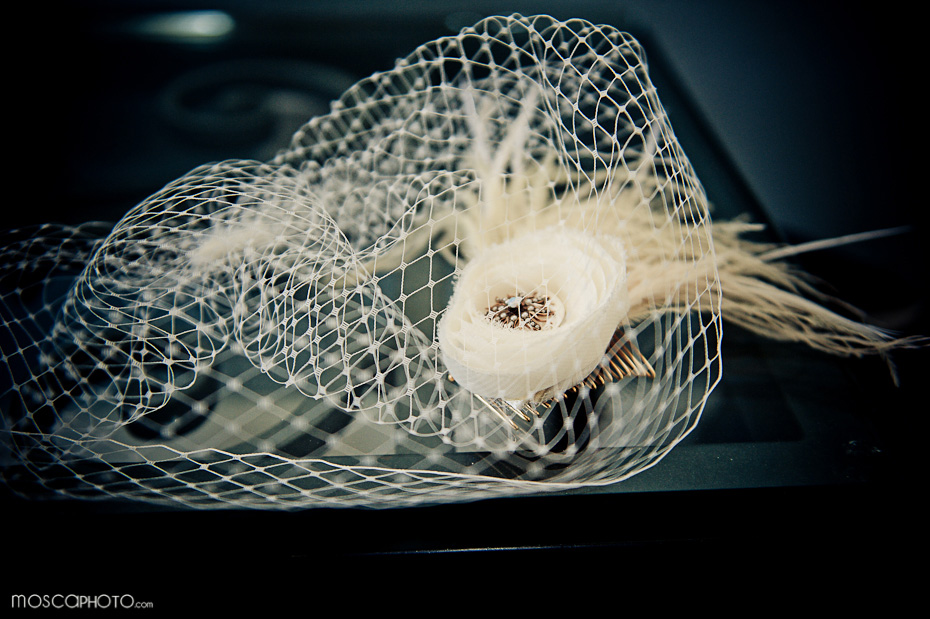Orvieto, Umbria, Italy : Travels in the hills of Umbria : Duomo di Orvieto and Il Pozzo Di San Patrizio
Orvieto is a small burg in the hills of the Italian region of Umbria. It began, like most towns in the area, as an Etruscan village. It became, throughout the ages, Roman, Medieval and then "modern". Not much of the architecture has changed, however. Orvieto maintains it's position of power, atop a flat bluff made of solidified volcanic ash (called tuff - which is what 90% of the geology of the area is made of). The views from the town are beautiful: the Umbrian valley can be seen in it's undulating hills of colorful and varied crops. I love this part of my country. It's inspiring and it always leaves me in awe.
Orvieto was new to me ... even if I am Italian, there are places in Italy that I have yet to visit! My best friend Michelle went to Italy with me, this time around. She was the one to convince me to take this day-trip. I am so glad we did! Here are a few images from our excursion (many images were taken with my iPhone - and are not posted here, and 3 hours of our day trip were spent admiring the interior of the Duomo - which is a photography-free zone).
Orvieto was new to me ... even if I am Italian, there are places in Italy that I have yet to visit! My best friend Michelle went to Italy with me, this time around. She was the one to convince me to take this day-trip. I am so glad we did! Here are a few images from our excursion (many images were taken with my iPhone - and are not posted here, and 3 hours of our day trip were spent admiring the interior of the Duomo - which is a photography-free zone).
Orvieto is world-known for many things: it's delicious wine, it's Etruscan underground city and necropolis, it's fantastic Duomo and it's proverbially used St Patrick's Well (Pozzo Di San Patrizio) are among the points of interest not to miss. We only had time to visit part of this list... and we can't wait to go back for more!
St Patrick's Well (Pozzo Di San Patrizio) : 175 feet deep and 50 feet wide. Hand dug and constructed to have spiral down and up shafts for minimal "traffic congestion" when donkeys were used to go up and down it to retrieve water. Incredible site!
Orvieto Cathedral (Duomo di Orvieto) : is a STUNNING and intricately ornate 14th century Roman church. The facade is delicately decorated with gargoyles, concentric spirals (incredible when looked at up close!), gold accents and mosaics of marble and travertine. The characteristically striped sides and back, are alternating stones of black basalt and limestone (creating the recognizable "black and white" stripes). Legend has it that (in the 12th century) a travelling priest in nearby Bolsena, was highly incredulous of the fact that the wine given during communion was actually the blood of Christ. During one of his masses, his Host began to bleed spontaneously and profusely. It bled so much that it stained his altar and the altar's cloth. This was the miracle that lead to the construction of the Duomo, as a home to this miraculous altar cloth from the 12th century, which is stored and on display inside the Duomo, to this day.















Comments
Post a Comment
Thank You for visiting our blog!
We really appreciate you being here and commenting.
~ Alice & Josh